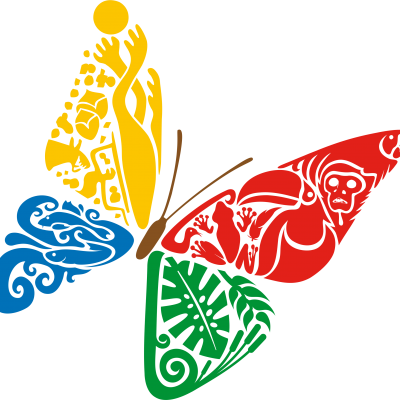"Cueva de los Guácharos" Natural National Park
The cave is formed by different materials, in the western part has some rocks coming from the Triassic-Jurassic period and some others originated in the Middle Cretaceous, which correspond to ocean sediments; and in the north-eastern part, it is possible to find extrusive and intrusive rocks coming from the Juratriasic age.
The Park itself owns three areas of wildlife: The highly wet premontane woodland, The low montane woodland and montane rain woodland.
These wildlife areas possess a huge list of flora and fauna: there, it grows different species of trees like oaks, cedars, laurales, coppers, "Romeron" and "Hayuelos" pines and the one called "Encenillo"; Besides, in these woodlands it is possible to find about three hundred species of birds, among them: Guácharo (this birds gives its name to the Park), cock of the rock, duck torrents; There are also, more than sixty species of mammals, such as the "osos de anteojos" (In English: "bear with glasses". It is a particular "grizzly bear" which has around its eyes the darkest hair with a circular shape that seems glasses), moor tapirs, deers, rabbits and five species of primates. The landscape is adorned with fifty species of butterflies between them the famous "88" (its name is given because the design on its wings).
There are some remarkable endemic and endangered species, for instance: the mount moorhen (In its sort, is the biggest in Colombia), the "Pocock" spider and the most primitive existing weasel (called "Mustela filipei") and the marsupial frog.
Interesting places for visiting:
- The Indian cave.
- The hole cave.
- The illusion cabin.
- The "Guácharos" cave.
- "Los Cristales" waterfalls.
- Natural bridge over the Suaza river, oak fields (called "El Robledal", The lookout ("El mirador") and "Carro Punta".





